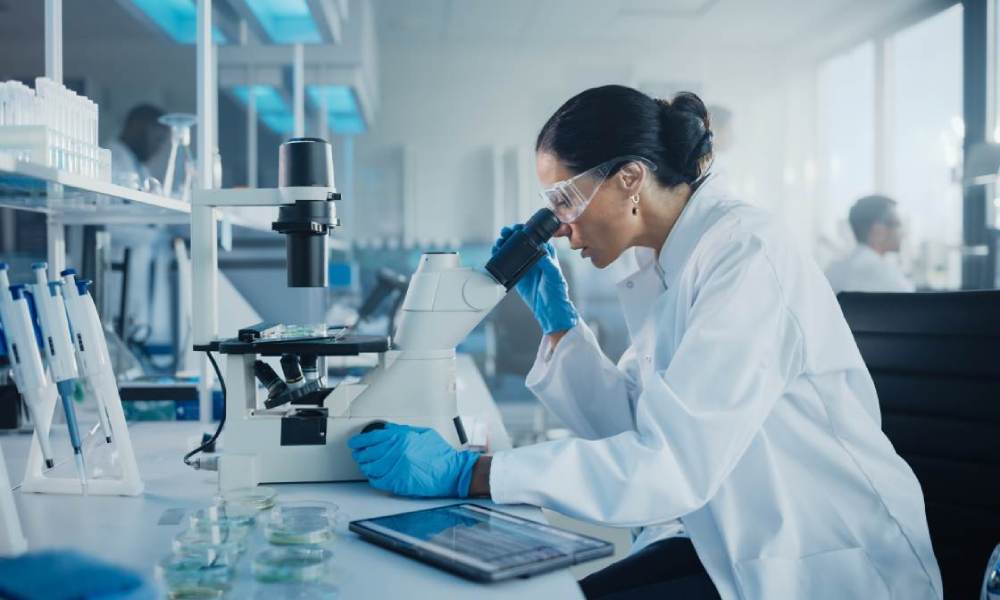
The Pharmaceutical industry, both in the UK and worldwide, spends a huge amount of money on R&D.
According to the Association of the British Pharmaceutical Industry (ABPI), the British Pharmaceutical industry “accounts for almost a quarter of total UK expenditure on R&D”.
Drug discovery, clinical trials and other biotechnical applications need intensive research and development.
R&D Tax Reliefs present a considerable opportunity to Pharmaceutical firms. Firms may be able to claim around 25% of what they have spent on R&D.
The first step is understanding what qualifies as R&D in the Pharmaceutical industry.
According to the BEIS guidelines, there are four stages of pharmaceutical R&D. You can also learn more about what R&D is in our detailed guide.
R&D relating to drug discovery
Drug discovery refers to several processes which seek to identify new medications.
This stage involves investment in areas like medicinal chemistry, toxicology studies, high throughput screening, and reverse pharmacology.
This stage will deal with a significant amount of scientific uncertainty. This means expenditure is likely to qualify as R&D.
R&D relating to preclinical drug development
Preclinical development involves development of new chemical entities (or NCEs). Firms test these to establish effects and properties.
R&D in this stage also includes planning for trials, and sourcing the substances required to conduct the trials.
R&D relating to clinical drug development
After the preclinical development stage comes the clinical development stage. These clinical trials begin once an NCE has shown potential to be a “therapeutic intervention”. Clinical trials consist of three stages:
- Situational analysis: How does the drug interact with the subject’s body (how is it absorbed, distributed, metabolised, etc.).
- Preliminary efficacy evaluation: This stage establishes the effects of a dose of the drug on a patient with the target condition. This includes efficacy, as well as potential adverse effects.
- Definitive investigation and studies: The final stages include large scale efficacy and tolerability studies using a large number of patients. This is a resource intensive phase that also includes marketing and price planning.
R&D relating to post-launch drug studies
Once a drug has been licensed, research and studies take place to address any side-effects emerging from widespread use. This can include effects within different sub-groups of patients, and how it interacts with other drugs a patient may be taking.
This stage will continue throughout the entire time a drug is in use. Continuous R&D may take place to improve its efficacy and sales performance.
How to know if your Pharmaceutical project qualifies as R&D
To qualify as R&D, the work must aim to advance the industry by resolving scientific or technological uncertainties. Of the four stages listed in this article, the first three stages are most likely to meet this criteria. The post-launch phase may include R&D if new uncertainties emerge that are later resolved.
To find out if your project qualifies as R&D, we encourage you to download our free R&D tax reliefs eligibility checklist.

Darryl Hoy
Darryl is the Technical Director of the Radius team. He is a specialist in Research & Development tax reliefs, having previously worked at HMRC as an R&D Tax Inspector.
View my articles

